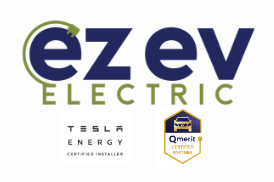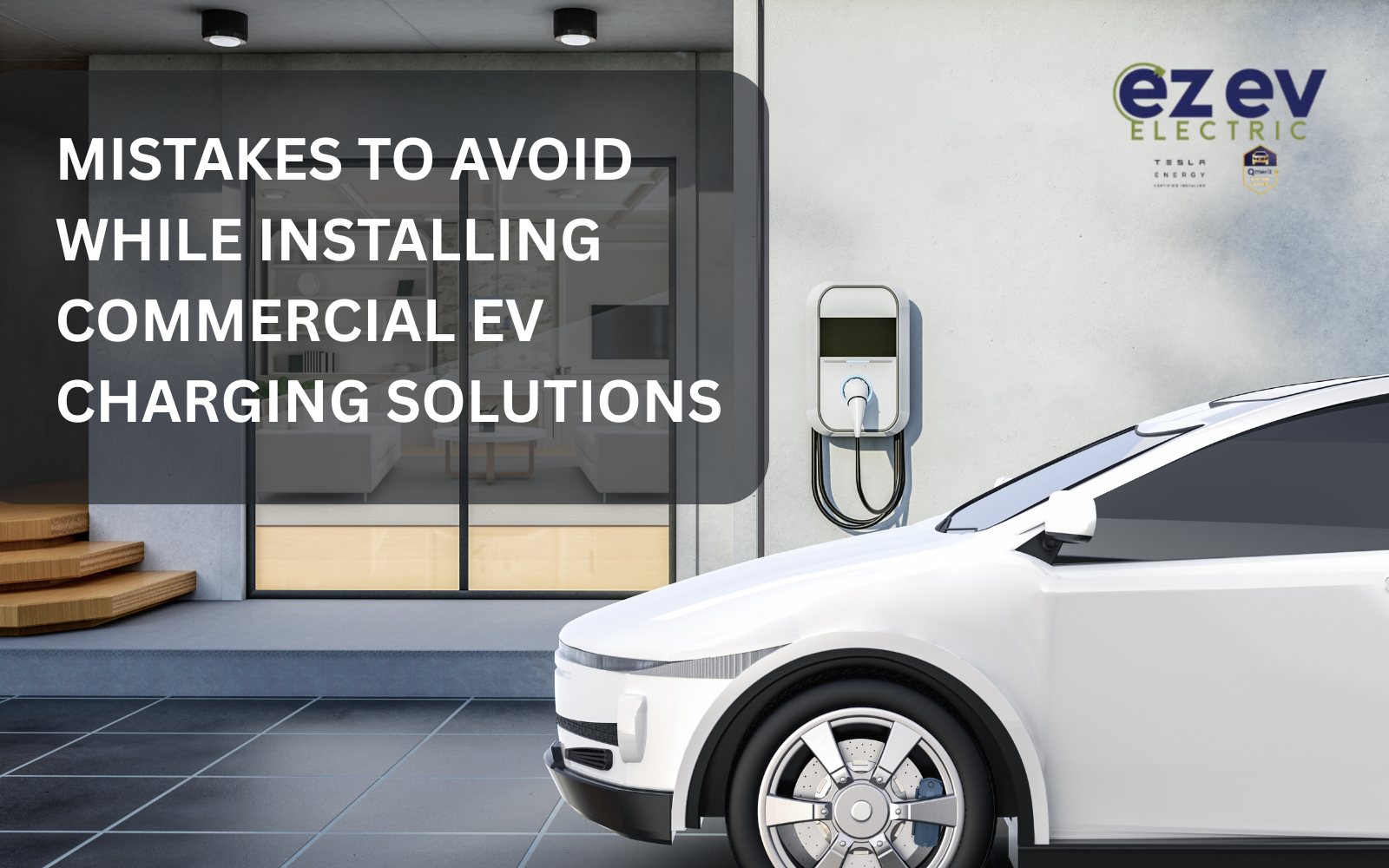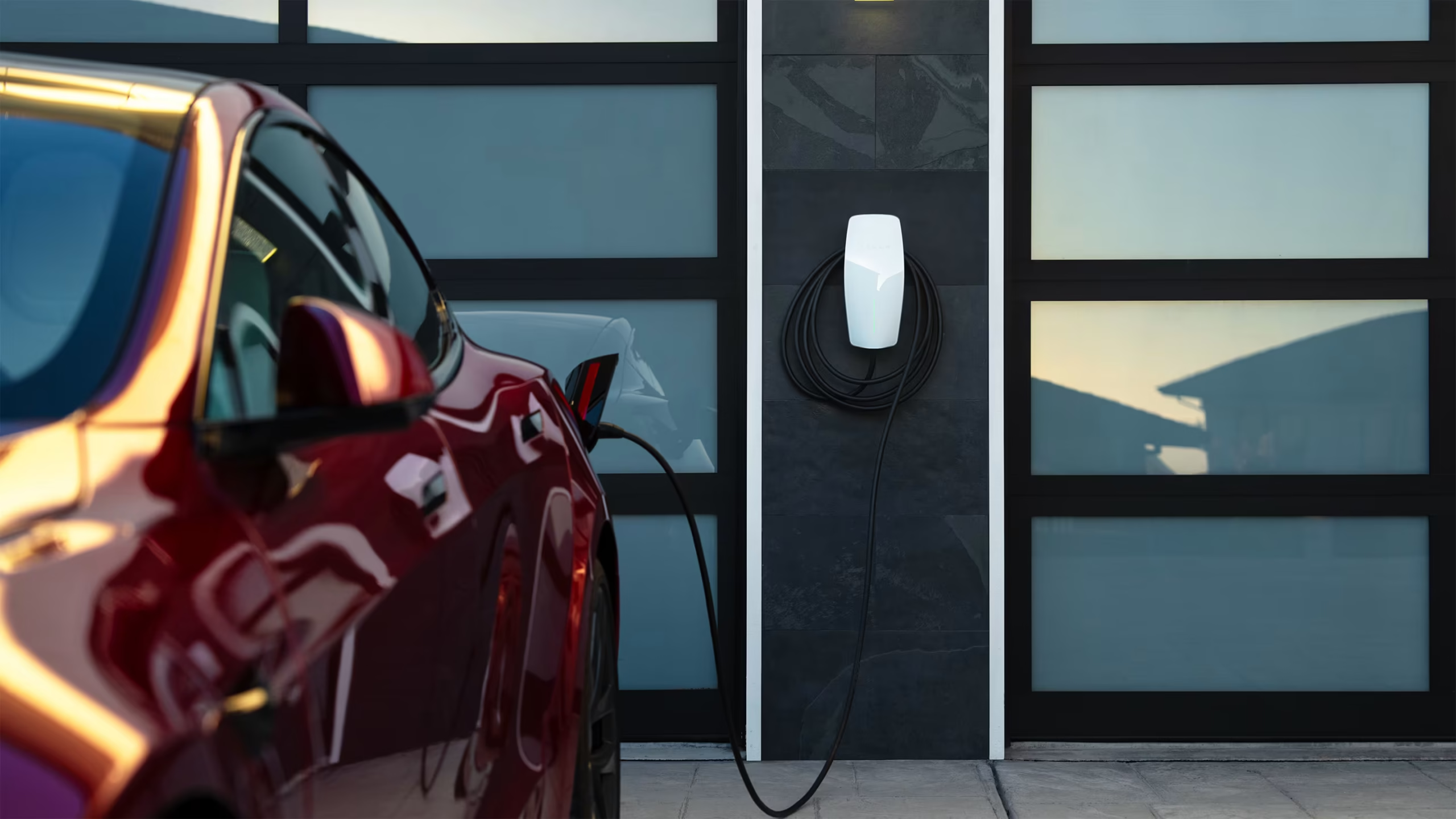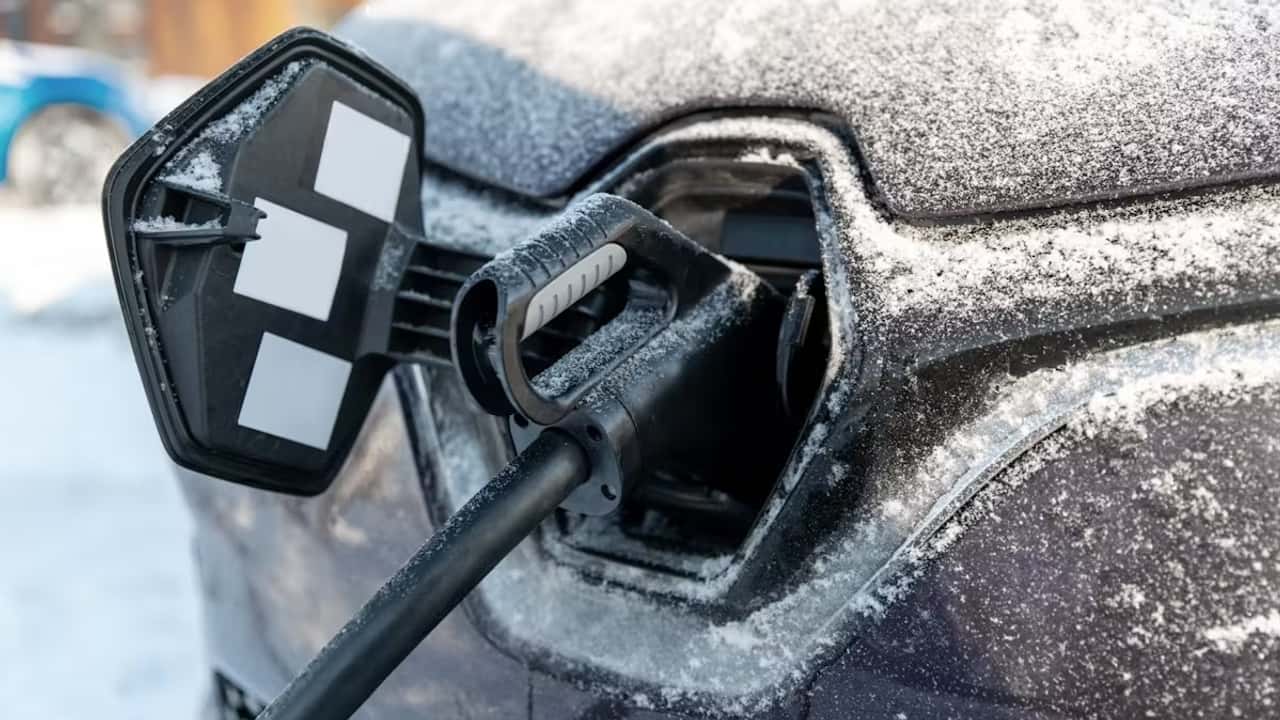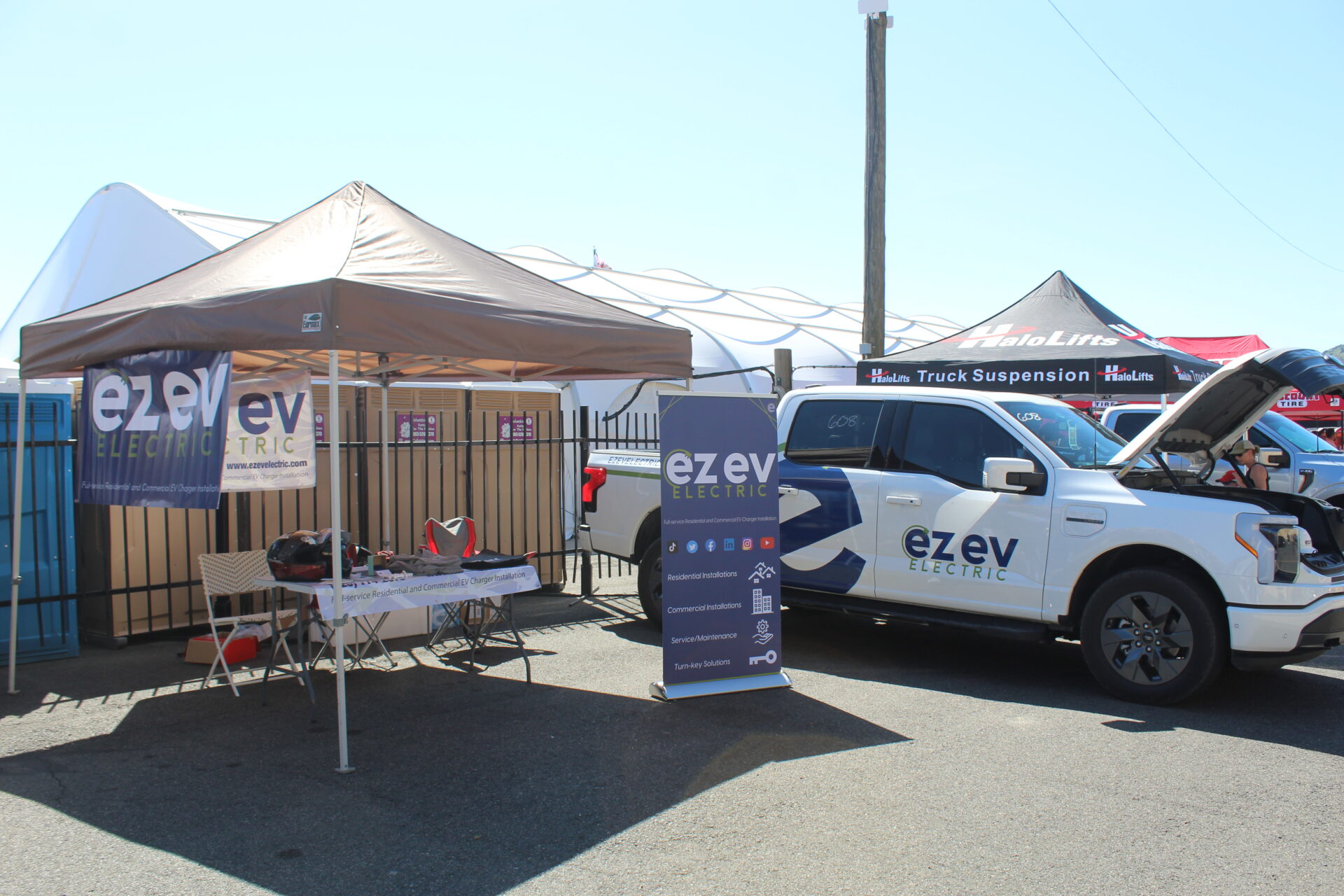Whether it is a mall, business campus, grocery store, or a hotel, installing commercial EV chargers at your facility can significantly enhance the property’s value, attract and retain customers or tenants, and show your commitment to sustainability.
But even the best chargers may underperform if they are not installed correctly. We are talking about common mistakes that can lead to budget overruns, frustrating delays, and charging stations that fail to meet user demand. Here we have addressed such pitfalls you should avoid to successfully embrace the future of mobility and increase the return on your investment in EV charging for business.
Mistake 1: Failure to Conduct a Comprehensive Electrical Load Assessment
One of the expensive mistakes in commercial EV charging installation is not understanding the power demands. Keep in mind that EV charging stations, especially multiple Level 2 or DC Fast Chargers, consume a massive amount of electricity.
Many property owners believe that their existing electrical service, designed for traditional loads, can complement new, high-power equipment. But this is not simply true. Not performing a detailed electrical load study before installing multiple chargers can lead to an overloaded system, breaker trips, costly downtime, power quality issues, and safety hazards. Even worse,
With a proper assessment done by a professional, you get to know exactly what upgrades are required.
Mistake 2: Neglecting the Future and Failing to Plan for Scalability
The EV market is evolving. What seems like sufficient charging capacity today may be obsolete in just two or three years.
Rather than overloading your budget and electrical capacity by building the site initially, a much better idea is to future-proof the site. This involves laying the required electrical conduits, wiring paths (called make-ready infrastructure), and panel capacity to install more chargers than you do at present.
The expense of excavation of trenches and installation of underground conduit for ten chargers in the initial civil work is a small fraction of the expense of re-excavation of your parking lot several years later.
Mistake 3: Selecting the Wrong Charger Level for the Property’s Function
The charging speed is critical to user satisfaction and the success of your EV charging solutions.
It is categorized by Level: Level 1 (slow), Level 2 (medium), and DC Fast Charging (very fast).
The most common error is to install fast chargers in areas where vehicles remain parked and install slow chargers in areas where drivers are in a rush. You have to match the type of charger with the dwell time of the user.
For example, an apartment complex or a corporate office building generally requires Level 2 charging. This is because employees and residents park for six to twelve hours.
But this may not be ideal for a retail mall, fast food restaurant, or a highway stop where drivers generally stop for 30 minutes to an hour. They require a massive increase in range as soon as possible.
The best strategy often involves a mixed infrastructure, using Level 2 for the majority of parking spots and a few DC Fast Chargers for convenience and high-demand times.
Mistake 4: Ignoring Permitting, Zoning, and ADA Compliance
Any commercial EV charging project should comply with local and national electrical standards (such as the National Electrical Code or NEC) and zoning laws that determine the location of chargers.
Most importantly, you should comply with the Americans with Disabilities Act (ADA). The ADA sets certain standards of accessible parking spaces, such as the minimum width of aisles, their location, and access routes to the charging units.
A lack of designing a station that complies with ADA requirements initially will require costly re-work after an inspector draws attention to the problem. Failing to design a station that meets ADA requirements from the start will necessitate expensive re-work once an inspector flags the issue. Make sure to work with an installer who is not only a licensed electrician but also has extensive experience navigating the specific local permitting and utility requirements for EV projects.
Mistake 5: Overlooking the Business Model and Software Integration
A charger is more than a utility connection. Instead, it is a networked asset that should add to your EV charging business models. Many business owners choose a dated charger that lacks smart features or is not able to determine how the station will be operated and monetized.
Modern chargers require a powerful Charging Management System (CMS). This software helps with determining prices, access control, energy usage, and health monitoring of the station remotely. Without a CMS in place, you may not be able to engage in revenue-generating models like pay-per-use, implement energy-saving features like load balancing, or even know if a charger is offline.
Mistake 6: Not Partnering with the Right Installer
Installing an EV charger is a specialized job to be done by professionals. Always work with a professional installer who has expertise in EV charging solutions for commercial properties. They are aware of power requirements, safety protocols, and network setup. Moreover, they ensure warranties and ongoing support.
Choosing the right partner can make the difference between a smooth project and one plagued with costly mistakes.
Frequently Asked Questions
1. Why should commercial properties invest in EV charging stations?
The installation of EV chargers will add value to the property and will attract tenants, customers, and employees who use electric cars.
2. What types of EV chargers are best for commercial use?
The most suitable type is based on your property and the intended use. Level 2 chargers are mostly used in EV charging of business installations since they are affordable and fast to charge.
3. How many EV chargers should my commercial property install?
This is based on the size of the property, the number of parking spaces, and anticipated use. A small retail plaza may start with two to four chargers, while a large office complex might need 10 or more.
4. What is the time required to install commercial EV chargers?
A simple installation can be completed within a week or two, and a big installation can be completed within a few months. The steps involved are planning, taking out permits, hardware installation, and system testing.
5. How do I choose the right installer for commercial EV chargers?
Find licensed experts who have worked in EV charging business models and large-scale installations. Check their track record, request references, and ensure they provide after-sales services. The correct installer will take you through power tests, permits, software installation, and maintenance arrangements.
Final Thoughts
By avoiding these pitfalls, you can ensure that your investment will provide long-term returns, improving customer satisfaction, attracting tenants, and supporting sustainability goals. If you are looking for quality EV charger installation services, look no further than EZ EV Electric. We offer timely services backed by transparent pricing, consultation, and maintenance. Get in touch now.
